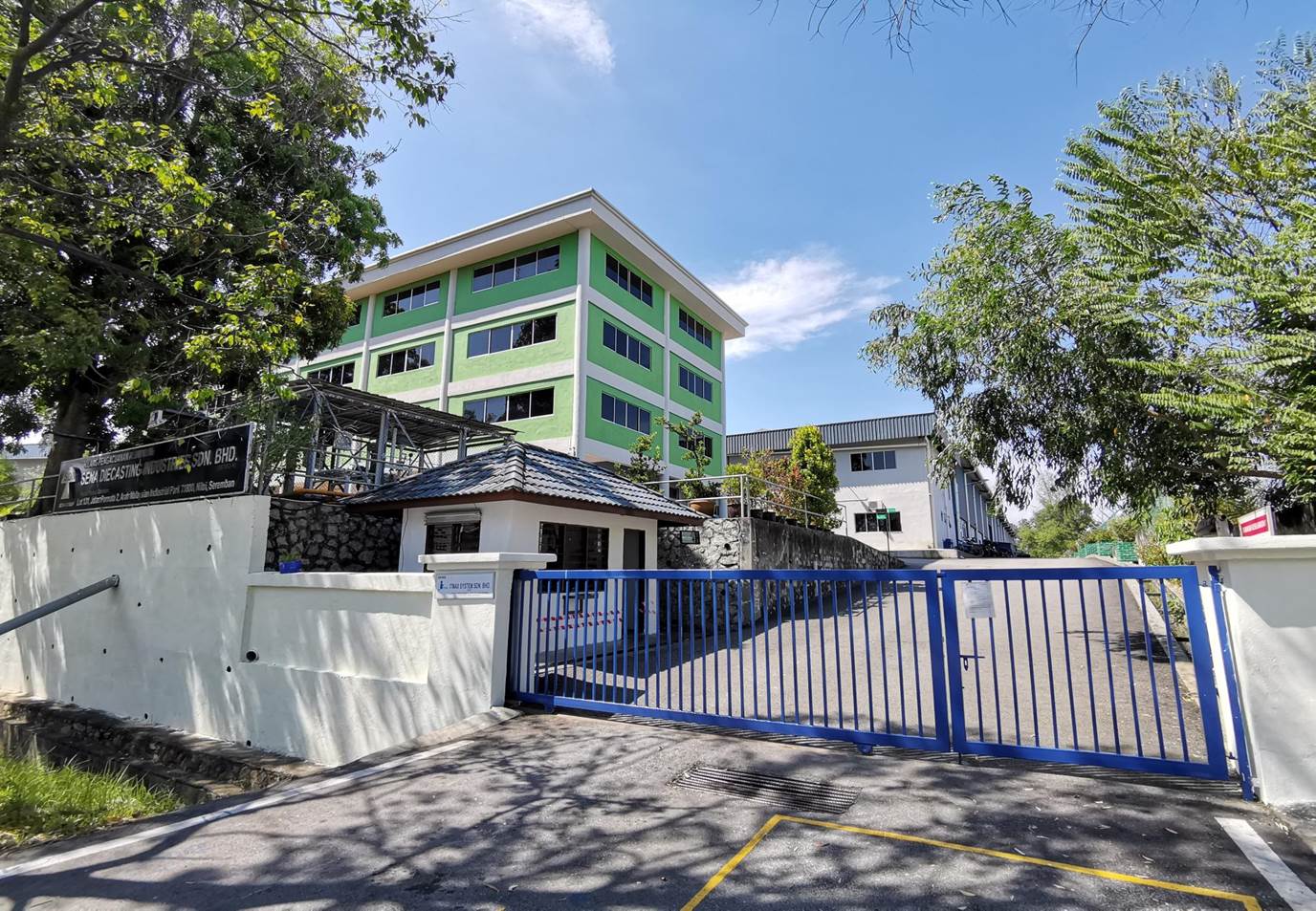Diecasting: The Backbone of Precision Manufacturing
Diecasting: The Backbone of Precision Manufacturing
Blog Article
Diecasting is a pivotal process that is used in manufacturing today, and plays an integral role in creating intricate metal components with accuracy and efficacy. It involves pushing the molten metal with high pressure into mold cavities, resulting in parts that boast exceptional dimensional accuracy and high surface finishes. When industries change and the demand for high-quality components rises, diecasting has continued to demonstrate its worth particularly in areas that need massive production of highly intricate components. This article focuses on the diecasting process and its benefits, as well as the material options, as well as its numerous application across a variety of sectors.
Diecasting begins by making molds, also referred to as a"die," and is typically made from hardened steel. The die is made to withstand high pressures and temperatures involved during the process. After the die has been made, molten metal, usually made of alloys of aluminum zinc, magnesium, or copper, is heated up to the state of liquid and in the mold cavity with high pressure. This pressure is maintained until the material has solidified, making sure that the molten material covers every inch of the mold including intricate design and thin walls. When the metal has been cooled and has solidified, the mold is open, and the final part is ejected. This method allows for high quality and precision in the production of metal parts.
One of the most significant benefits of diecasting is its ability to produce high volumes of parts. Once the dies are created this process is able to be repeated numerous times with minimal variation between parts. The repeatability is crucial in industries that require large numbers of identical components. Furthermore, diecasting is known for its high efficiency. This process produces less waste compared to different metal-forming methods in that any leftover metal is recyclable and reused. This not only reduces material costs but also supports green manufacturing practices. The speed and accuracy of diecasting make it the ideal alternative for the production of large volumes of pieces quickly and continuously, ensuring that manufacturers can adhere to tight schedules for production and marketplace demands.
Diecasting is also an excellent method for creating products with exceptional mechanical characteristics. Its rapid cooling of molten metal through the casting process creates the formation of fine grains, increasing the durability and strength of the finished product. Diecast products are suitable for applications that require reliable and high-performance. For instance, in the automotive industry Diecast components are utilized in transmissions, engines and structural components. the strength-to-weight ratio is crucial for vehicle efficiency and safety. In aerospace diecast parts contribute to the development of lighter but strong structures, crucial for improving fuel efficiency and performance. To generate supplementary details please check out Senadiecasting
The versatility of diecasting extends to its many applications throughout different industries. For instance, in the automobile industry, diecast components are integral to the design of engines, transmissions, as well as structural components, which contribute to lighter, more fuel-efficient vehicles. In the electronic sector Diecasting is employed to create heat sinks connectors, and housings making sure that the proper thermal management is in place and durability for electronic devices. Consumer products also benefit from diecasting with applications that range from kitchen appliances to power tools, toys and even power tools. The process's adaptability to various metals, as well as its capacity to make parts with complex patterns make it suitable for many different types of applications. Each benefitting from the benefits that diecasting provides.
Diecasting is a crucial manufacturing process that allows for the manufacture of precise, top-quality metal parts for many industries. Its capability to make complicated shapes, with precise tolerances and smooth finish make it a must-have for any application that require intricate detail and constant quality. The efficiency and cost-effectiveness of diecasting are also a major reason to consider it and support mass production while keeping high quality standards. As the technology evolves and the need for reliable strong, lightweight and robust components grows, diecasting will remain an integral part of modern manufacturing. It drives improvement and quality in production.